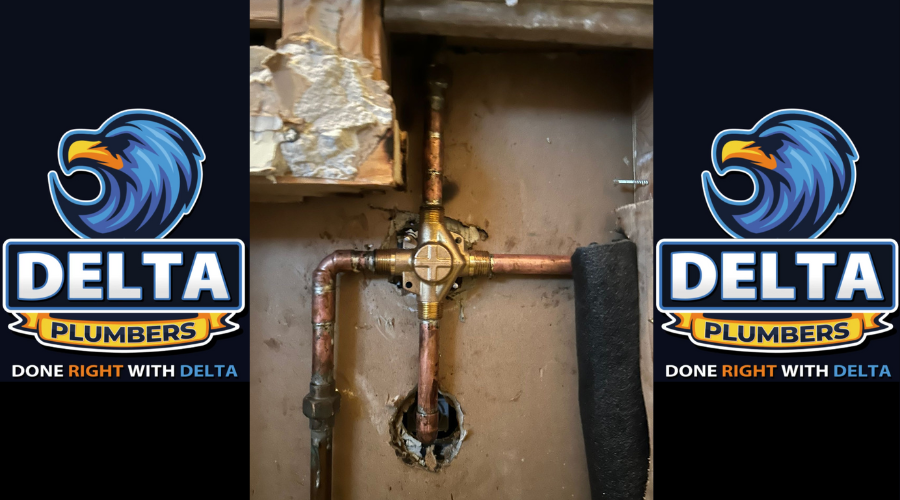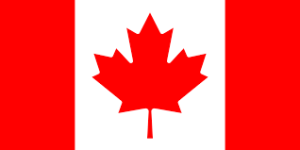Finding a reliable and efficient plumbing service in Ontario is critical for maintaining the health and functionality of your home or business. Whether it’s an emergency repair or a planned installation, knowing what to look for in a plumbing service can save you time, money, and unnecessary stress. This comprehensive guide will walk you through the key aspects of hiring the best plumbing services in Ontario, along with in-depth information on crucial plumbing concepts.

Picture Source – Delta Plumbers
What to Look for When Getting a Plumber?
When searching for a plumber, there are several factors to consider to ensure you hire the right professional for the job:
1. Licensing and Certification
Licensed plumbers in Ontario have undergone proper training and are well-versed in local building codes. Always verify that the plumber holds a valid license to operate in Ontario.
2. Experience and Specialization
Experience plays a significant role in delivering quality plumbing services. Check if the plumber specializes in the specific type of work you need, such as residential plumbing, commercial plumbing, or sewer line repairs.
3. Reputation and Reviews
Customer reviews and testimonials are excellent indicators of a plumber’s reliability. Platforms like Google, Yelp, and the Better Business Bureau can provide insights into their service quality and professionalism.
4. Availability and Response Time
Plumbing emergencies can occur at any time. Opt for a plumber who offers 24/7 emergency services and has a quick response time.
5. Transparent Pricing
A reliable plumber should provide a clear and detailed estimate before starting the work. Avoid contractors who offer vague quotes or demand upfront payments.
6. Insurance Coverage
Ensure the plumber has liability insurance and worker’s compensation coverage to protect you from any damages or injuries during the job.
7. Warranty on Services
Top-notch plumbing services include a warranty on parts and labor. This demonstrates the plumber’s confidence in their work and ensures peace of mind for the customer.
8. Tools and Technology
A professional plumber should use modern tools and technology to diagnose and fix plumbing issues efficiently. Advanced equipment like video inspection cameras and hydro jetting machines can improve service quality.
By prioritizing these factors, you can hire a plumber who delivers exceptional service while ensuring your plumbing system remains in optimal condition.
Also Read: The Health Risks of Ignoring Plumbing Leaks

Picture Source – Delta Plumbers
What is the Average Hourly Rate for a Plumber in Ontario?
The cost of hiring a plumber in Ontario varies based on several factors, including the plumber’s experience, the complexity of the job, and the location. Here’s a breakdown of what you can expect:
1. General Pricing
- The average hourly rate for a plumber in Ontario ranges from $75 to $150.
- Emergency services or after-hours work can cost between $150 and $250 per hour.
2. Flat Rates for Specific Jobs
Some plumbers charge flat rates for specific tasks, such as:
- Faucet repair: $100 to $300
- Drain cleaning: $150 to $500
- Water heater installation: $800 to $2,500
3. Factors Influencing Costs
- Job Complexity: Complex tasks like sewer line replacement cost more than simple repairs.
- Materials: High-quality materials increase the overall expense.
- Travel Fees: Plumbers may charge extra for jobs in remote areas.
When hiring a plumber, always request a detailed estimate to understand the cost breakdown and avoid surprises.
Also Read: Is It Time to Replace Your Old Pipes? Signs to Look For

Picture Source – Delta Plumbers
What are the Three Types of Plumbing Systems?
Understanding the different plumbing systems in your property can help you identify issues and communicate effectively with your plumber. The three main types of plumbing systems are:
1. Potable Water System
This system delivers clean, drinkable water to your home or business. It includes pipes, valves, and fixtures that ensure water flows from the municipal supply to your taps, showers, and appliances.
2. Sanitary Drainage System
This system removes wastewater and sewage from your property. It consists of drain pipes, vent pipes, and sewer lines that transport waste to the municipal sewer or septic system.
3. Stormwater Drainage System
Designed to handle rainwater and prevent flooding, this system includes gutters, downspouts, and storm drains. It directs water away from your property to protect the foundation and prevent water damage.
Each system plays a vital role in maintaining the overall functionality of your plumbing infrastructure. Regular maintenance and prompt repairs are essential to keep these systems running smoothly.
Also Read: Benefits of Professional Plumbing Inspections

Picture Source – Delta Plumbers
What to Do Before Calling a Plumber?
Before reaching out to a plumber, there are a few steps you can take to address minor issues and potentially save on service costs:
1. Identify the Problem
Determine the nature and location of the issue. Is it a leaky faucet, a clogged drain, or a malfunctioning water heater? Providing detailed information to the plumber can expedite the repair process.
2. Turn Off the Water Supply
For leaks or burst pipes, shut off the main water supply to prevent further damage.
3. Clear the Area
Ensure the work area is accessible by removing any obstructions. This allows the plumber to work efficiently and reduces the risk of accidental damage.
4. Check for DIY Solutions
Some minor issues, like a clogged drain, can be resolved using household tools or natural remedies. However, avoid attempting complex repairs that require professional expertise.
5. Gather Necessary Information
Take note of the problem’s history, including when it started and any temporary fixes you’ve tried. This information can help the plumber diagnose the issue more accurately.
By taking these steps, you can minimize damage and ensure the plumber has everything they need to resolve the issue efficiently.
Also Read: Benefits of Regular Water Heater Flushing

Picture Source – Delta Plumbers
What is a Rough-In Plumbing?
Rough-in plumbing refers to the preliminary stage of a plumbing installation, where the pipes and connections are laid out before the walls and floors are finished. This phase is crucial for ensuring the plumbing system functions correctly.
1. Key Aspects of Rough-In Plumbing
- Pipe Installation: Pipes for water supply and drainage are installed according to the building’s layout.
- Fixture Placement: Locations for fixtures like sinks, toilets, and showers are marked and prepared.
- Code Compliance: The work must meet local building codes to ensure safety and efficiency.
2. Importance of Rough-In Plumbing
A well-executed rough-in ensures the plumbing system operates smoothly and prevents costly adjustments during the finishing stages. It’s a critical step in new construction and major renovations.
Also Read: How to Install a Frost-Free Faucet

Picture Source – Delta Plumbers
What is the Main Stack in Plumbing?
The main stack is a vertical pipe that serves as the central component of a building’s drainage system. It plays a crucial role in removing wastewater and venting sewer gases.
1. Functions of the Main Stack
- Waste Removal: It connects to all drain lines in the building, carrying wastewater to the municipal sewer or septic system.
- Ventilation: The main stack vents sewer gases out of the building, preventing odors and maintaining proper pressure in the drainage system.
2. Common Issues with the Main Stack
- Clogs: Blockages can disrupt the flow of wastewater and cause backups.
- Leaks: Cracks or corrosion in the main stack can lead to leaks and water damage.
- Improper Venting: Poor ventilation can result in slow drains and gurgling sounds.
Regular inspections and maintenance of the main stack are essential to prevent these issues and ensure the plumbing system functions efficiently.
Also Read: Benefits of Insulating Your Pipes: A Complete Guide

Picture Source – Delta Plumbers
What Does “Trim Out” Mean in Plumbing?
“Trim out” is a term used in the final stage of plumbing installation when fixtures and fittings are installed. This step follows the rough-in phase and involves:
1. Tasks in the Trim-Out Phase
- Installing faucets, sinks, toilets, and showerheads
- Connecting appliances like dishwashers and washing machines
- Testing the plumbing system for leaks and proper functionality
2. Importance of Trim-Out
The trim-out phase ensures the plumbing system is fully operational and meets aesthetic standards. It’s the finishing touch that completes the plumbing installation process.
Conclusion
Finding the best plumbing services in Ontario involves careful consideration of factors like licensing, experience, reputation, and pricing. Understanding essential plumbing concepts, such as rough-in plumbing, the main stack, and trim-out, can help you communicate effectively with professionals and make informed decisions. By prioritizing regular maintenance and addressing issues promptly, you can ensure your plumbing system remains in excellent condition for years to come. Delta Plumbers is dedicated to providing top-notch plumbing services tailored to your needs, offering expert solutions for residential and commercial properties across Ontario.









